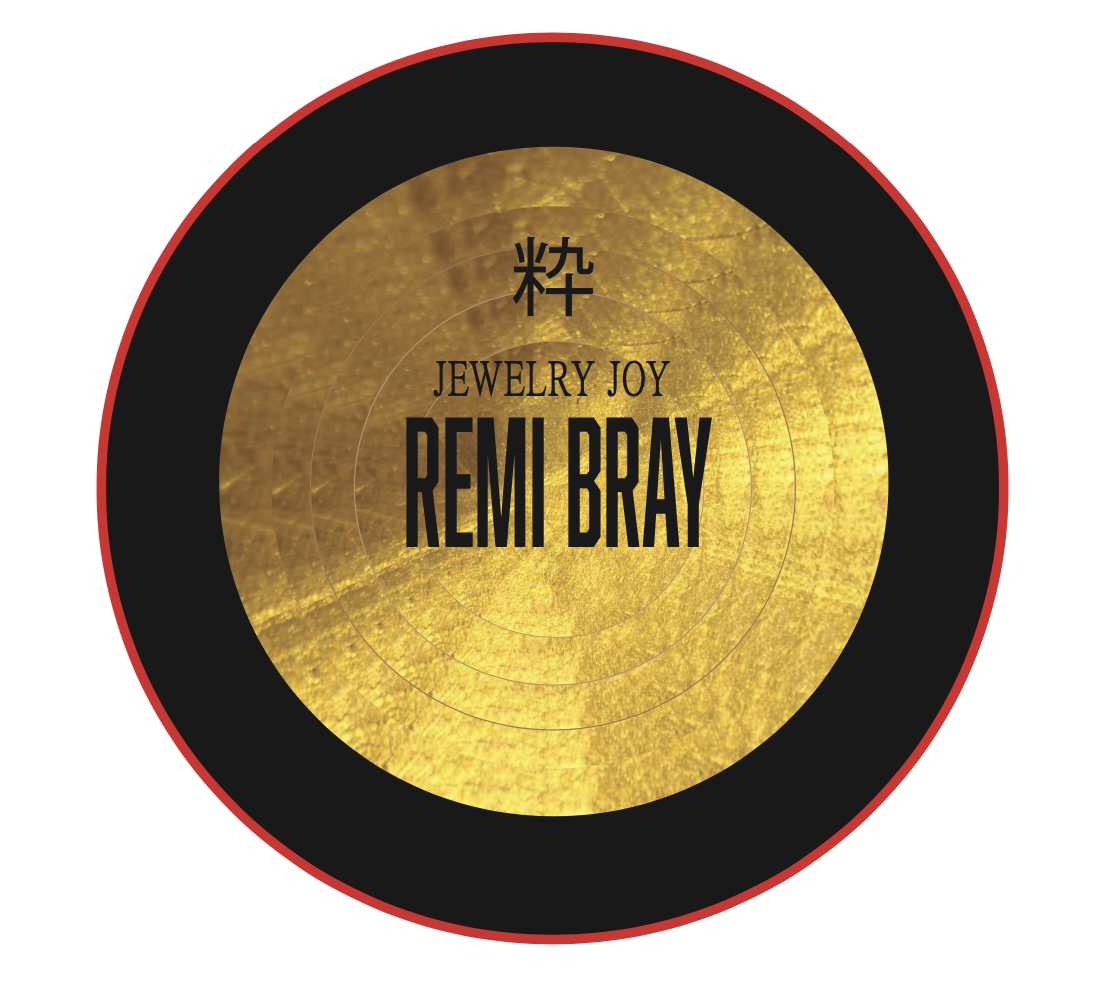WABI points to beauty coming from simplicity. わびとは簡素な中にある美しさです。
SABI represents beauty or serenity that comes with age. さびは時間が経過した趣のある美や静寂を表します。
▪️日本文化における「わびさび」
「わびさび」は、日本の美意識や哲学の一部で、特に茶道や庭園、芸術において重要な概念です。「わび」は「質素さ」や「静けさ」を指し、「さび」は「古びた美しさ」や「無常」を意味します。この考え方は、物事の不完全さや儚さを受け入れることで、深い感謝や心の豊かさを見出すことを促します。自然の中での簡素さ、時の経過による変化、そして美しさの中に潜む哀愁を大切にします。
▪️ “Wabi-Sabi” in Japanese Culture
“Wabi-sabi” is a significant concept in Japanese aesthetics and philosophy, particularly valued in tea ceremonies, gardens, and art. “Wabi” refers to simplicity and tranquility, while “sabi” denotes the beauty of aging or impermanence. This perspective encourages the acceptance of imperfections and transience, finding richness in gratitude and a deeper sense of appreciation for life. It embraces simplicity in nature, the passage of time, and the poignant beauty found within these elements.
